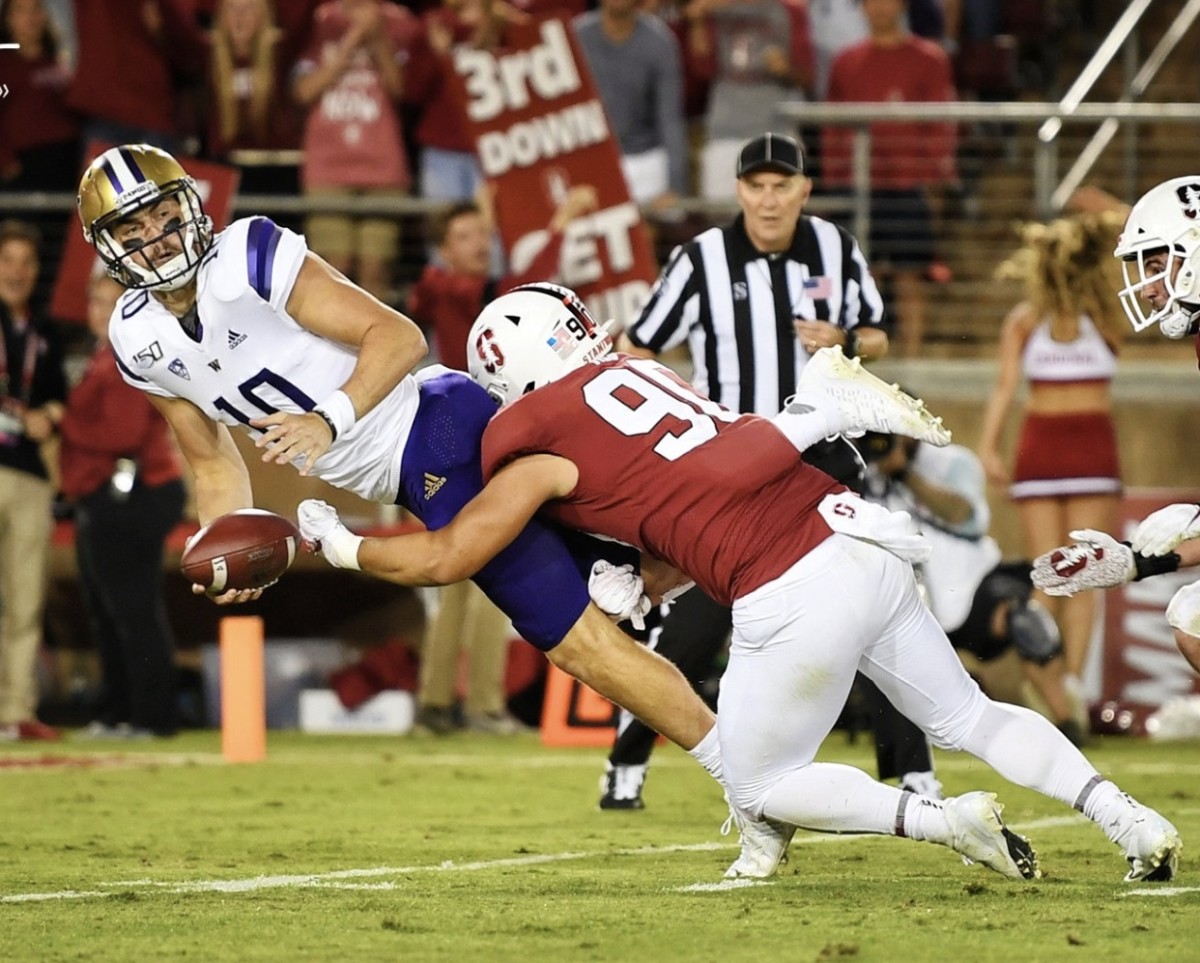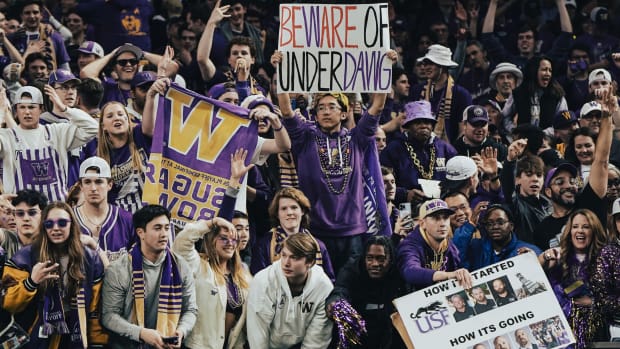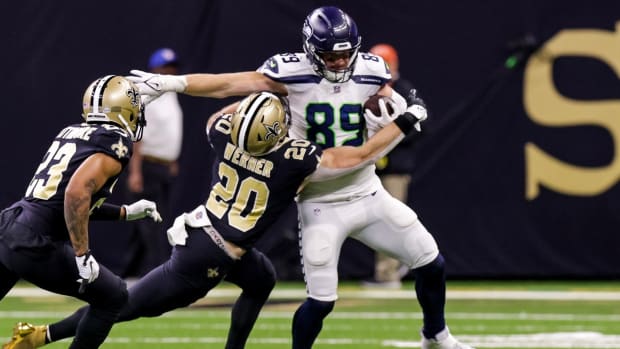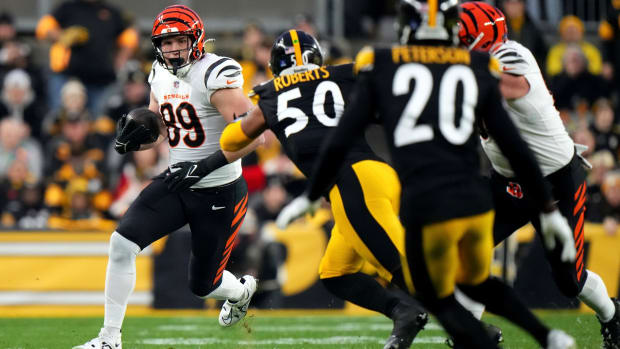Numbers Game: Top 10 Storylines from Stanford Loss

Number 10:
The number one knock on Washington’s QB Jacob Eason is that he isn’t at his finest in the face of high pressure. This was the case in Washington's 20-19 loss to Cal and again in the 23-13 loss to Stanford. Eason was 5 for 5 on UW's opening drive as they went 75 yards in 10 plays. He went 11 for 31 the rest of the way. Stanford was content to drop 8 defenders into coverage early in the game, and then get pressure in his face late in the game when it was clear that Washington had to pass the ball downfield.
Number 9:
Washington running back, Richard Newton, got tough yards for the Huskies early and often. He carried the ball, and often multiple defenders early in the competition. Newton would carry the ball 10 times for 64 yards before leaving the game in the 3rd quarter with a lower leg injury. The other two Husky running backs (Salvon Ahmed and Sean McGrew) didn't seem to factor into the game plan as they had a combined 9 carries for 40 yards.
Number 8:
Stanford’s leading tackler was Curtis Robinson. He led the team with 8 tackles. He also had helped keep the pressure on Jacob Eason with one of the Cardinal’s 6 QB hurries. He also had 1 of the 8 pass break ups. Eason was relentlessly harassed and was sacked twice.
Number 7:
UW receiver, Aaron Fuller, had 171 receiving yards on 9 receptions for an average of 19 yards per reception. Trailing 13-10 Fuller looked to have an easy touchdown as he had easily beaten the defender. However, the ball was underthrown. The drive stalled at the Stanford 13 yard line and the Dawgs turned the ball over on downs.
Number 6:
Washington's defense gave up nearly 500 yards of offense to Stanford. A big factor was Stanford's ability to stay ahead of the chains early in the game. The Cardinal was 6 for 14 on 3rd downs Saturday night. Washington's offense fared much worse - converting just 2 of 12 third-down opportunities.
Number 5:
Washington showed balance on their 10 play opening drive: five passes and five rushes. Eason was 5 for 5 passing, but something happened to the offense after their initial drive. And it wasn’t something good. It was pretty much all downhill from there.
Number 4:
Washington’s offense ran just 58 plays to Stanford’s 74...sort of what one might expect from the 3rd down conversion disparity. Washington ran the ball on just 19 of those 58 plays whereas Stanford’s 4 primary ball carriers rushed 42 times for 194 yards and a TD.
Number 3:
Stanford has mastered the art of exploiting match ups. A prime example was Stanford’s 6'4 receiver Simi Fehoko against 5'10 Washington defensive back Elijah Molden. It would be Stanford’s only play over 30 yards.
Number 2:
With the exception of Special Teams, the Huskies were beaten in nearly every aspect of the game. They were outgained essentially 500 to 300 yards and time of possession by a 2 to 1 ratio. Perhaps the most telling statistic is that Stanford converted nearly half of their 3rd downs while UW converted just over 16%. In fact, after converting just 3 of 12 third downs vs USC, Washington was even worse going 2 for 12 vs Stanford.
Number 1:
Turnovers. Stanford ALMOST went to the well one too many times with a screen pass late in the game, and Elijah Molden nearly made them play. Molden read the play perfectly, jumped the route but couldn’t reel in the game-tying Pick 6. The only turnover of the game came from late in the 4th quarter by Jacob Eason, who under pressure, threw a 50-50 ball near Aaron Fuller who had slipped on the play





